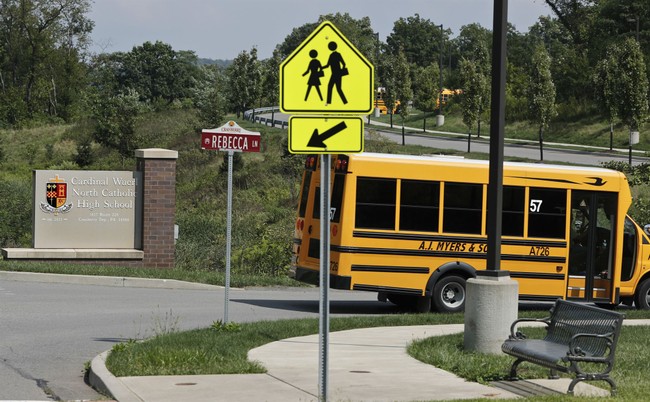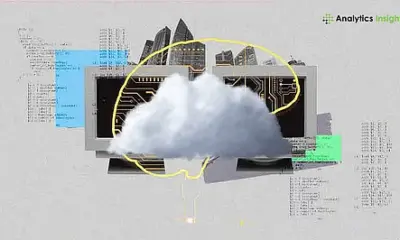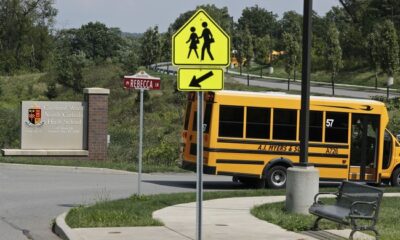Education
Advocates Clash Over Gifted Programs in Public Schools

The debate surrounding the future of Gifted and Talented (G&T) programs in public schools has intensified, particularly following remarks from education advocate Zohran Mamdani. Mamdani’s stance against these programs has prompted concerns among parents and educators about their potential elimination and its implications for students with exceptional abilities.
Proponents of G&T programs argue that these initiatives play a crucial role in identifying and nurturing students with advanced skills. Through rigorous testing, these programs assess various competencies, including verbal, reading, and problem-solving abilities. For instance, personal experiences shared by individuals highlight how G&T programs engage students with challenging projects and complex problem-solving tasks, essential for maintaining their enthusiasm for learning.
Critics, including Mamdani, suggest that such programs may create divisions among students, leaving those who do not qualify feeling marginalized. They argue that educational systems should focus on inclusive practices rather than isolating gifted students for specialized instruction. This perspective raises questions about the overall effectiveness of G&T programs in fostering a cohesive learning environment.
Supporters of G&T programs contend that eliminating these initiatives would ultimately hinder the academic and personal growth of advanced learners. Many express concerns that without proper stimulation, gifted students may become disengaged, leading to behavioral issues and a disinterest in education. As one former student noted, being forced to participate in activities that do not challenge their abilities can be detrimental, stating, “Boredom can lead to disengagement or behavioral issues.”
This ongoing debate underscores a growing tension in educational policy, balancing the need for tailored instruction for gifted learners against broader educational equity. Advocates for school choice argue that providing parents with options can help address these disparities. The situation continues to evolve as stakeholders weigh the merits and drawbacks of G&T programs in shaping the future of education.
As discussions progress, the outcomes of these debates will significantly impact how schools approach the needs of all students, particularly those who demonstrate exceptional abilities. The potential removal of G&T programs may serve as a bellwether for broader educational reforms, influencing how future generations will experience learning in public schools.
-

 Technology5 months ago
Technology5 months agoDiscover the Top 10 Calorie Counting Apps of 2025
-

 Health3 months ago
Health3 months agoBella Hadid Shares Health Update After Treatment for Lyme Disease
-

 Health3 months ago
Health3 months agoErin Bates Shares Recovery Update Following Sepsis Complications
-

 Technology4 months ago
Technology4 months agoDiscover How to Reverse Image Search Using ChatGPT Effortlessly
-

 Technology1 month ago
Technology1 month agoDiscover 2025’s Top GPUs for Exceptional 4K Gaming Performance
-

 Technology3 months ago
Technology3 months agoElectric Moto Influencer Surronster Arrested in Tijuana
-

 Technology5 months ago
Technology5 months agoMeta Initiates $60B AI Data Center Expansion, Starting in Ohio
-

 Technology5 months ago
Technology5 months agoRecovering a Suspended TikTok Account: A Step-by-Step Guide
-

 Health4 months ago
Health4 months agoTested: Rab Firewall Mountain Jacket Survives Harsh Conditions
-

 Lifestyle5 months ago
Lifestyle5 months agoBelton Family Reunites After Daughter Survives Hill Country Floods
-

 Health3 months ago
Health3 months agoAnalysts Project Stronger Growth for Apple’s iPhone 17 Lineup
-

 Technology4 months ago
Technology4 months agoHarmonic Launches AI Chatbot App to Transform Mathematical Reasoning





















